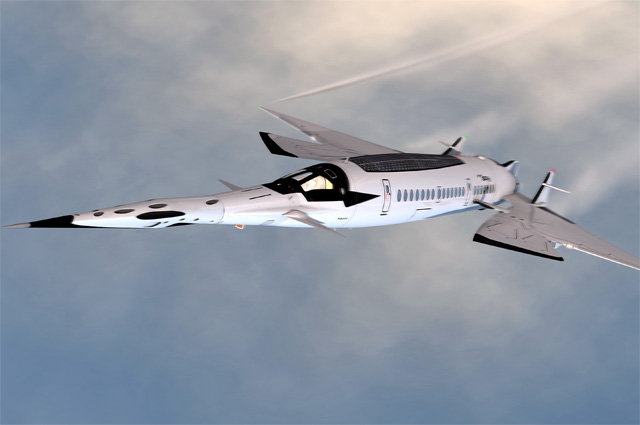Nuclear-Powered Plane Promises Supersonic Speeds
The concept of a nuclear-powered aircraft has been a topic of fascination and speculation for decades. Recently, a designer claimed to have developed a nuclear-powered plane that could fly at speeds exceeding three times the speed of sound. In this article, we will delve into the details of this ambitious project and explore the potential implications of such a technological breakthrough.
The visionary behind this audacious project is Dr. Robert Forsberg, an aerospace engineer renowned for his groundbreaking work in advanced propulsion systems. Dr. Forsberg envisions a nuclear-powered aircraft capable of reaching speeds previously thought to be unattainable, pushing the boundaries of aviation and redefining what’s possible in the aerospace industry.
The key to this revolutionary concept lies in nuclear propulsion. Unlike conventional aircraft, which rely on fossil fuels or electric power, a nuclear-powered plane would utilize a nuclear reactor to generate the necessary thrust for propulsion. This reactor would heat air to high temperatures and expel it at incredible speeds, propelling the aircraft forward.
The most captivating aspect of this project is the claim that the nuclear-powered plane could achieve speeds exceeding three times the speed of sound. This would allow for significantly reduced travel times for long-distance journeys, potentially transforming the aviation industry.
Nuclear propulsion has the advantage of prolonged endurance compared to conventional fuel sources. With a nuclear reactor onboard, the aircraft could remain in the air for extended periods, making it suitable for missions requiring extended flight times.
While there are concerns about the safety and environmental impact of nuclear propulsion, it could potentially be more environmentally friendly than traditional fossil fuels, as it does not produce greenhouse gas emissions during flight.
One of the most significant challenges is ensuring the safety of a nuclear-powered aircraft. The potential risks associated with a nuclear reactor onboard, such as radiation exposure and the risk of accidents, must be meticulously addressed.
Developing and certifying a nuclear-powered aircraft would require navigating complex regulatory frameworks and addressing international concerns about nuclear proliferation and safety.
Building a nuclear reactor small and efficient enough for an aircraft presents formidable engineering challenges. Miniaturizing nuclear technology while maintaining safety is a daunting task.
The idea of a nuclear-powered plane flying at supersonic speeds is undoubtedly intriguing, but it remains a concept at the forefront of aerospace innovation. Dr. Robert Forsberg’s vision could reshape the future of aviation, offering faster and more efficient travel options. However, the road ahead is fraught with technical, safety, and regulatory hurdles that must be overcome. As the aerospace industry continues to evolve, the prospect of a nuclear-powered aircraft is a testament to human ingenuity and the relentless pursuit of pushing the boundaries of what’s possible in aviation.
Hits: 1









